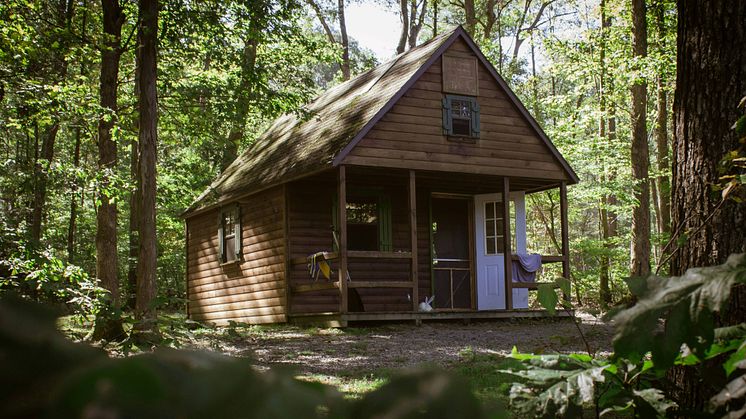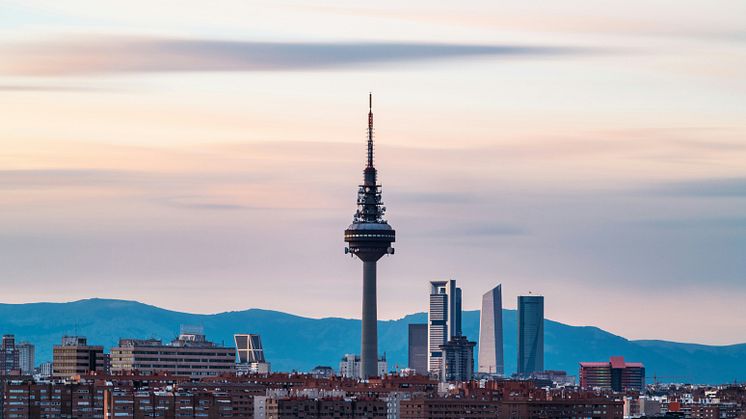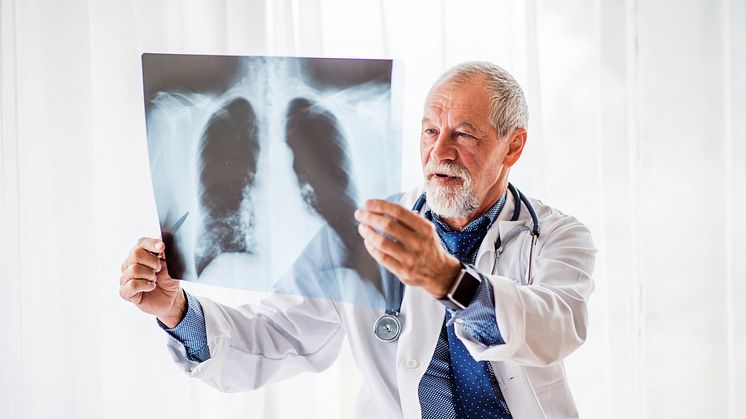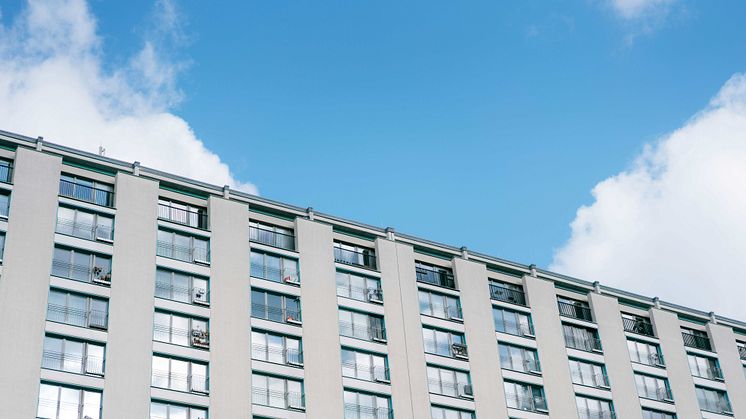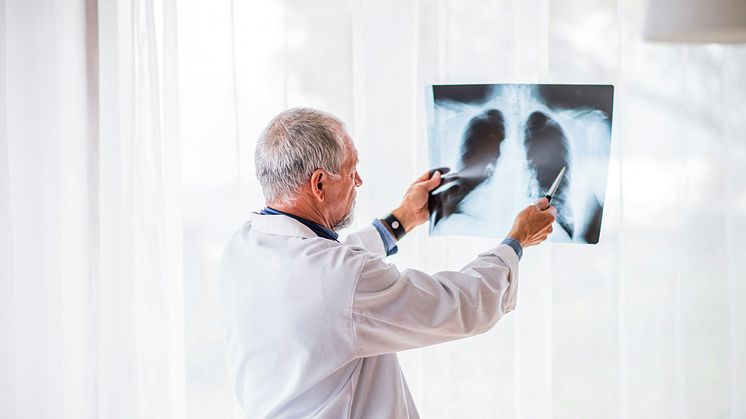2025 Radon Week: Key Outcomes and Collaborative Milestones
The 2025 Radon Week, held in Warsaw, Poland, from November 3–6, served as a critical platform for advancing radon mitigation and public awareness. The event successfully unified researchers, policymakers, and industry professionals through two main European Radon Association (ERA) cornerstone events: the ERA Workshop and the ROOMS (Radon Outcomes on Mitigation Solutions) conference.




